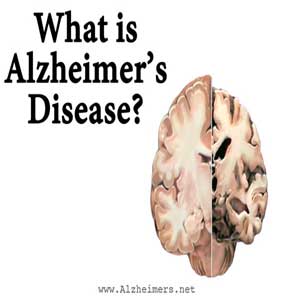Traumatic Stress Disorder
One of the most difficult forms of anxiety disorder to deal with is post-traumatic stress disorder, first recognized as shell shock and battle fatigue. These names themselves indicate a lack of understanding of what was happening with these soldiers, many of whom were accused of “faking” symptoms to avoid being sent back to active duty. In those early days it was quite disconcerting to watch pictures of soldiers “reliving” their traumatic experiences as though they were still happening. While it now is diagnosed as “post-traumatic stress”, it is that same debilitating disorder that literally ruined the lives of so many military personnel. However, today, lives do not have to be ruined by this anxiety-related disorder if the situation is dealt with immediately and if treatment focuses on the root cause rather than individual symptoms. We will briefly look at some causes and effects, symptoms, and treatments of post traumatic stress.
Course Features
- Lectures 17
- Quizzes 0
- Duration 3.0 Hour
- Skill level All level
- Language English
- Certificate Yes
- Assessments Self
-
Post Traumatic Stress Disorder (PTSD)
- Lecture 1.1 POST TRAUMATIC STRESS DISORDER – WHAT EXACTLY IS IT Locked
- Lecture 1.2 Symptoms Locked
- Lecture 1.3 Intrusive memories Locked
- Lecture 1.4 Avoidance Locked
- Lecture 1.5 Severe negative changes in thinking and mood Locked
- Lecture 1.6 Changes in emotional reactions Locked
- Lecture 1.7 Intensity of symptoms Locked
- Lecture 1.8 When to see a doctor Locked
- Lecture 1.9 If you have suicidal thoughts Locked
- Lecture 1.10 When to get emergency help Locked
- Lecture 1.11 Causes Locked
- Lecture 1.12 Risk factors Locked
- Lecture 1.13 Kinds of traumatic events Locked
- Lecture 1.14 Complications Locked
- Lecture 1.15 Preparing for your appointment Locked
- Lecture 1.16 What you can do Locked
- Lecture 1.17 Reference Locked




